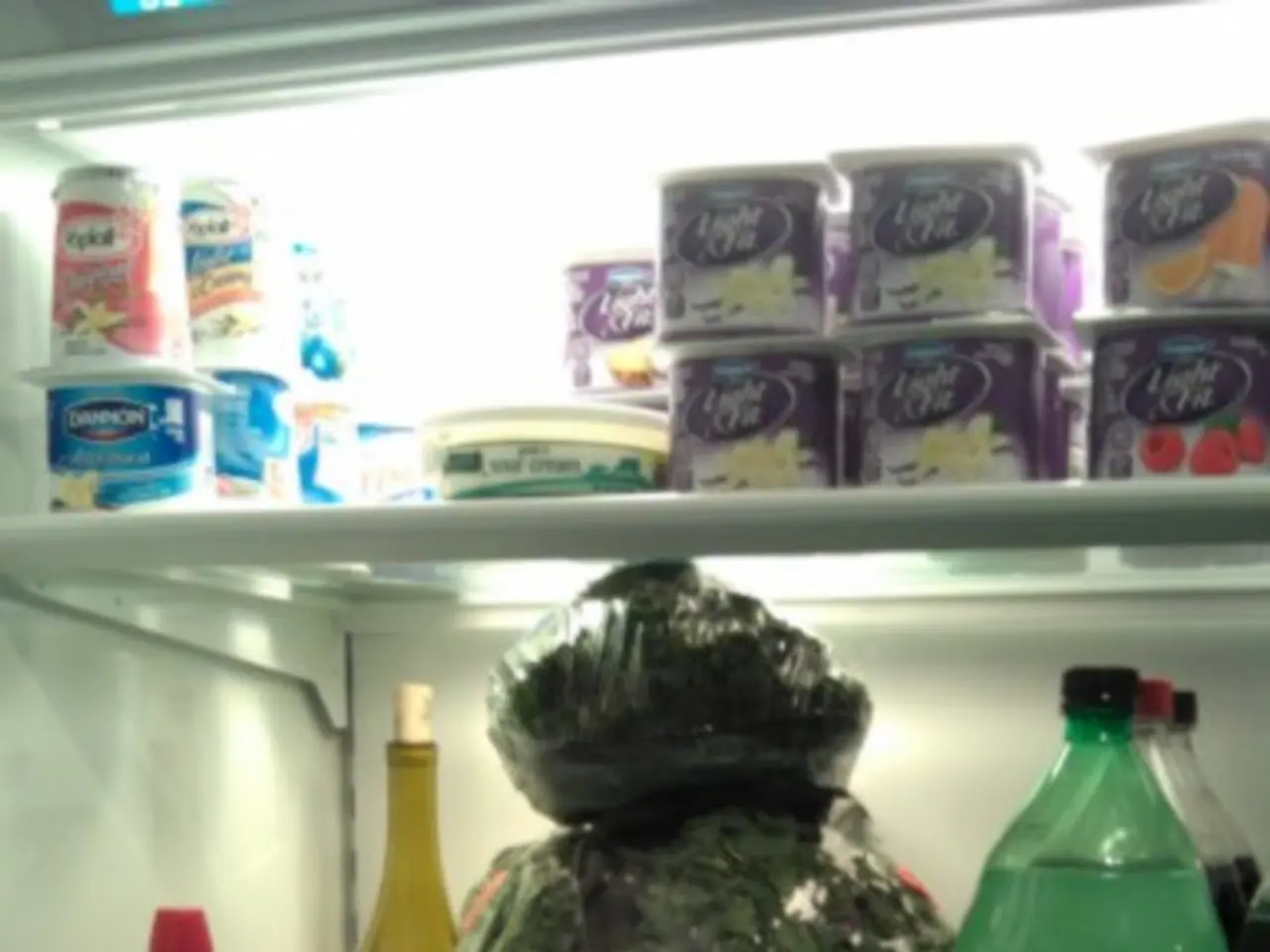Guide for Preserving Garden Seeds for Next Year's Growth: Essential Information
In the world of gardening, preserving seeds for future use is a valuable skill. Here's a step-by-step guide on how to store and preserve fall-harvested open-pollinated seeds for long-term viability.
Firstly, it's essential to harvest mature seeds from fully developed fruits or pods once they are completely dry on the plant. This process should ideally take place on a dry day[1][5].
Once harvested, seeds need to be thoroughly cleaned to remove all chaff, pulp, and plant debris. Dry seeds like beans and peas can be shelled easily once dry, while wet seeds like tomatoes and cucumbers require fermentation and rinsing to remove pulp before drying[1][2][3].
Next, seeds must be dried completely before storage. Spread them in a single layer on screens, coffee filters, or paper in a cool, dark, and well-ventilated area. Seeds are dry when they snap easily rather than bend[1][3][4].
For storage, seeds should be kept in airtight containers such as glass jars or vacuum-sealed bags, placed inside paper envelopes or similar breathable materials to help maintain dryness and organization[1][2][3][4]. To reduce humidity within containers and prevent mold growth, consider adding moisture absorbers like silica gel packets[1][2].
It's also crucial to label seed containers clearly with crop type, variety, collection date, and any other relevant notes to keep track of your seed stock and ensure genetic integrity[1][2][4][5].
Ideally, seeds should be stored in a cool, dark, and dry place, ideally between 32°F and 60°F (0–16°C) to maintain viability. Common storage spots include dry basements, cool closets, refrigerators, or freezers for longer-term storage[1][2][4].
Periodically, it's recommended to test germination rates, especially before planting, to ensure seed viability and adjust storage or replenish stock as needed[1].
Open-pollinated seeds will generally breed true to the parent plant if carefully saved[1]. Cross-pollination does not affect this year's fruit but can affect the genetics of seeds for the next generation, so maintaining isolation of varieties is important if genetic purity is desired[3].
Seed viability varies by crop: for example, tomatoes and beans can last several years under good conditions, while onions and carrots have shorter longevity[4][5].
People save seeds for various reasons, including cost savings, experimental excitement, sustainable practices, and preserving heirlooms. Adding a desiccant like silica or powdered milk can help keep seeds dry and viable for longer[6].
By following these guidelines, you can promote a high germination rate and preserve seed quality for multiple seasons following fall harvest, ensuring resilient future crops from saved open-pollinated seeds. Happy seed saving!
[1] The Seed Savers Exchange: Seed Saving Guide [2] National Gardening Association: Seed Saving Basics [3] Cornell University: Vegetable Seed Saving [4] Seed Savers Exchange: Seed Viability Chart [5] Mother Earth News: How to Save Seeds from Your Garden [6] GrowVeg: How to Save Seeds for Future Growing Seasons
Harvesting mature seeds from fully developed fruits or pods is a critical step in gardening, especially when aiming to save open-pollinated seeds for future home-and-garden projects. Thoroughly cleaned seeds, free of chaff, pulp, and plant debris, can be stored in airtight containers for long-term viability, such as glass jars or vacuum-sealed bags, in a cool, dark, and dry place.



